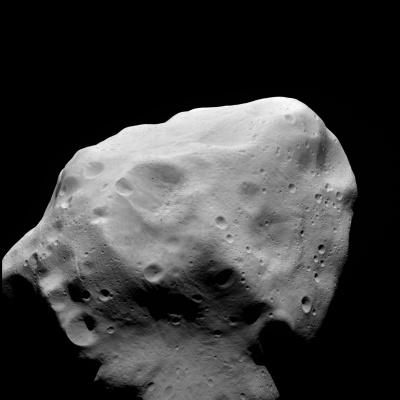
The carbonaceous asteroids are abundant in the solar system (almost 75% of the known asteroids are of this type), especially on the edge of the asteroid belt between Mars and Jupiter (some astronomers say that another planet could have formed in that asteroid belt if Jupiter’s gravity wasn’t so massive, but now a possible planet lies in pieces in between Mars and Jupiter).
As their name suggests, they are rich in carbon among other silicates and metals and are thus dark, which is why we might not have detected many more asteroids of this type in the outer reaches of our solar system.
After the C-type asteroids, we have the S-type asteroids made of silicate and iron-nickel to be the next most abundant group in our system. They are very common on the inner edge of the asteroid belt and contribute 17% of the total asteroids in the entire system.
With an albedo of 0.2, they are fairly bright and easier to see when we compare them to C-type asteroids. The largest in this group is 15 Eunomia at 205 miles or 330 km across that makes up 1% of the asteroid belt’s mass.
While the M-type asteroids are the third most common asteroid group, we don’t know much about their composition. They are located in the middle of the asteroid belt, and most if not all contain nickel and iron, but the subtler compositional characteristics depend on their distance from the Sun.
Those close to it melted partially and basaltic lava oozed out onto the surface while those away from the Sun were able to hold on to their composition and structure.
The most massive asteroid in this group is the 16 Psyche with a diameter of 120 miles or 200 km.
Credit : Starlust
Picture Credit : Google




